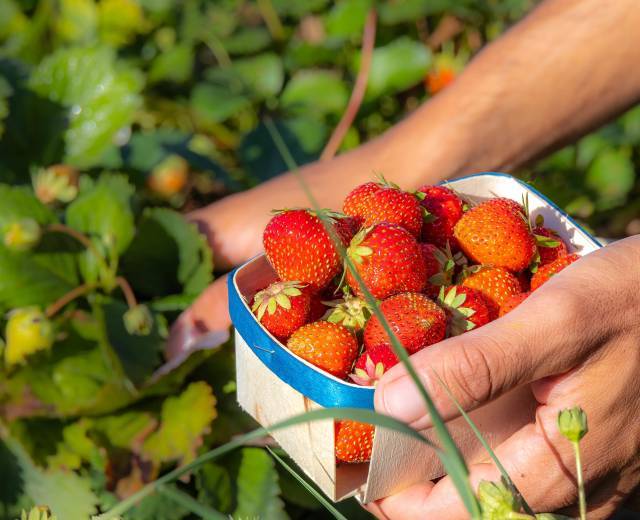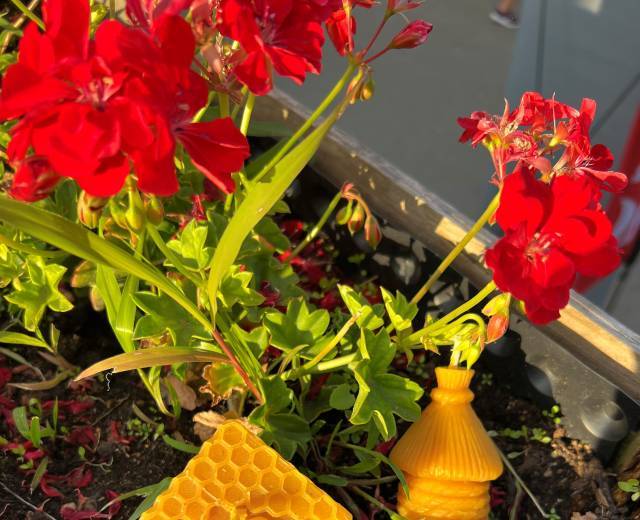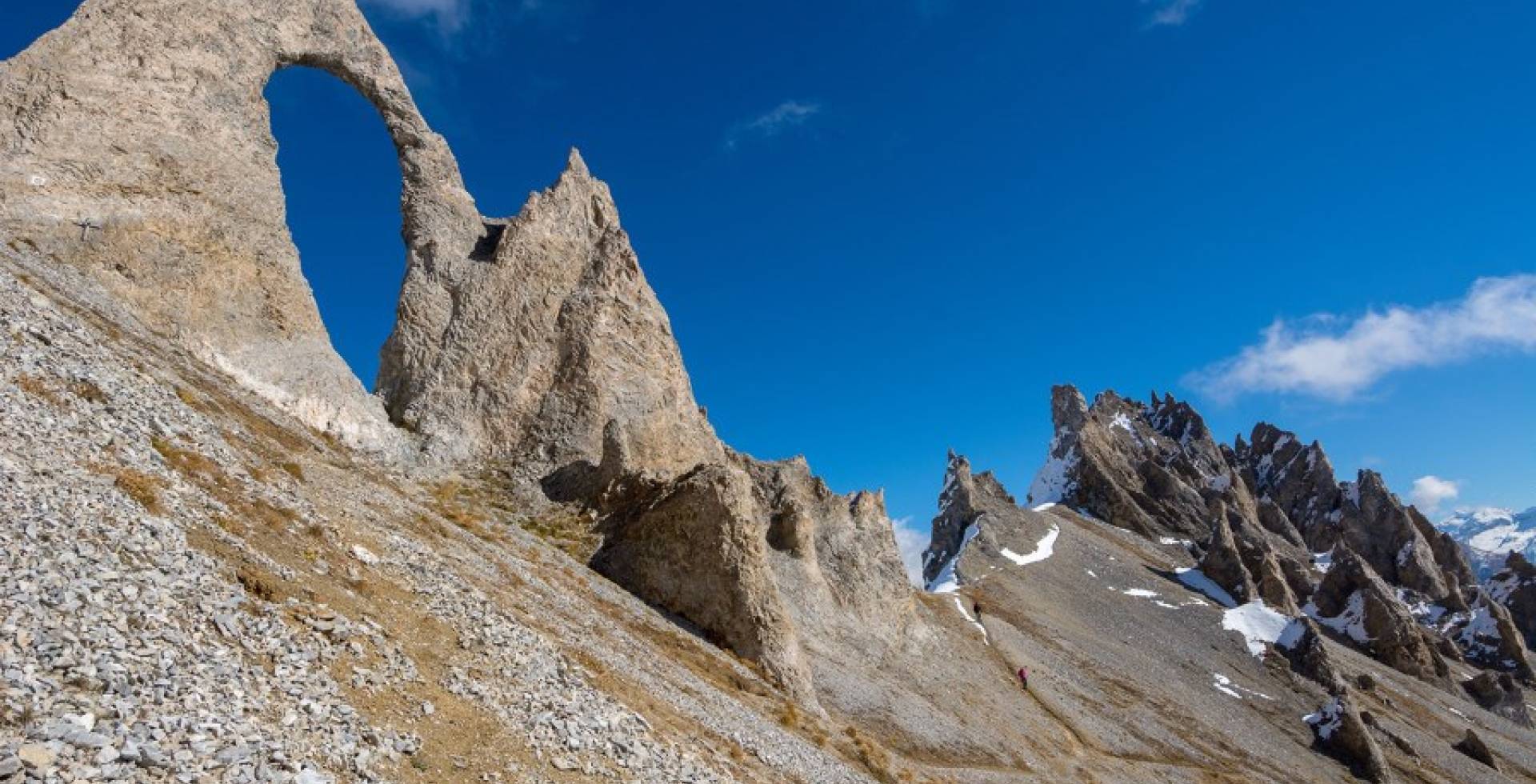
8 route de Pelisse
Pisançon
05500 SAINT BONNET EN CHAMPSAUR
France

8 route de Pelisse
Pisançon
05500 SAINT BONNET EN CHAMPSAUR
France

Le Fourneau
21290 ESSAROIS
France

18 rue Emile Mussard
Grand Coude
97480 Saint-Joseph
Réunion

Are you keen on puzzles, mysteries and stories? The rock carvings of the Vanoise National Park, its “fairy chimneys”, its suspension bridges and nameless cairns are just what you need. In this inhospitable and mysterious land, the past still vibrates in the stone and people’s memory …
Let the enigmatic nature of the Vanoise National Park surprise you! The elements here have sculpted the stone to form complex geological features and a wide range of unique and striking landscapes. In one place you’ll come across craters in the ground that are actually funnels created by the dissolution of gypsum. Elsewhere, you’ll appreciate the intense red hues of the rocks that gave the Col Rouge (Red Pass) its name. Near Plan du Lac, you will doubtless catch sight of the mysterious “eye” formed on the south face of the Grande Casse.
In this barren land, people too have sculpted the stone. There are many rock carvings testifying to human presence right from Neolithic times. These remains have not finished giving up their secrets to the archaeologists who study them, nor to the walkers who see them for the first time.
Avalanches, rivers in spate, rockfalls … mountains are a harsh environment. The age-old stories that were created to ward off the fear that they arouse are still transmitted today. The nature guides, mountain guides, refuge keepers and local people all know the tales of the Vanoise. They will tell you stories of phantom herds or the Devil’s bridge … Immerse yourself in the rich life and culture of this alpine community!
The Pierre aux Pieds is the most imposing petroglyph in the Haute-Maurienne. Listed as a historical monument since 1911, this block of lustrous schist is decorated with 82 carved-out feet, including 33 pairs, and some fifty cupules. These carvings seem to have been made between 1800 and 15 BC, before other inscriptions, including a sword, were subsequently added. Mountain worship or votive practices? The mystery of their origin remains intact.
Croé-Vie, meaning “bad path” in the local patois, dates back to the 17th century. Built high in the mountains, perched above the tumultuous Doron stream, with its cobbled roadway and parapets the bridge testifies to the strategic importance of this route. Climbing to the Arpont or Col de la Vanoise refuges, you will be walking in the footsteps of the peddlers that trod this former “salt and cheese road” which led in one direction to the Moûtiers royal saltworks, and in the other to the cheeses of Val-Cenis Termignon and the spices of Italy.
Ascending from the Pont de la Pêche bridge, close to the Péclet-Polset mountain refuge, nestles the surprising Plan des Cairns. There are almost a hundred cairns standing at the site, attesting to an age-old act of mountain people. Here, solidarity is the best way to contend with a sometimes-hostile environment, because a cairn is intended for the next hiker and marks the path when it becomes unclear. Soak up the atmosphere of this silent assembly, like a spontaneous form of land art.